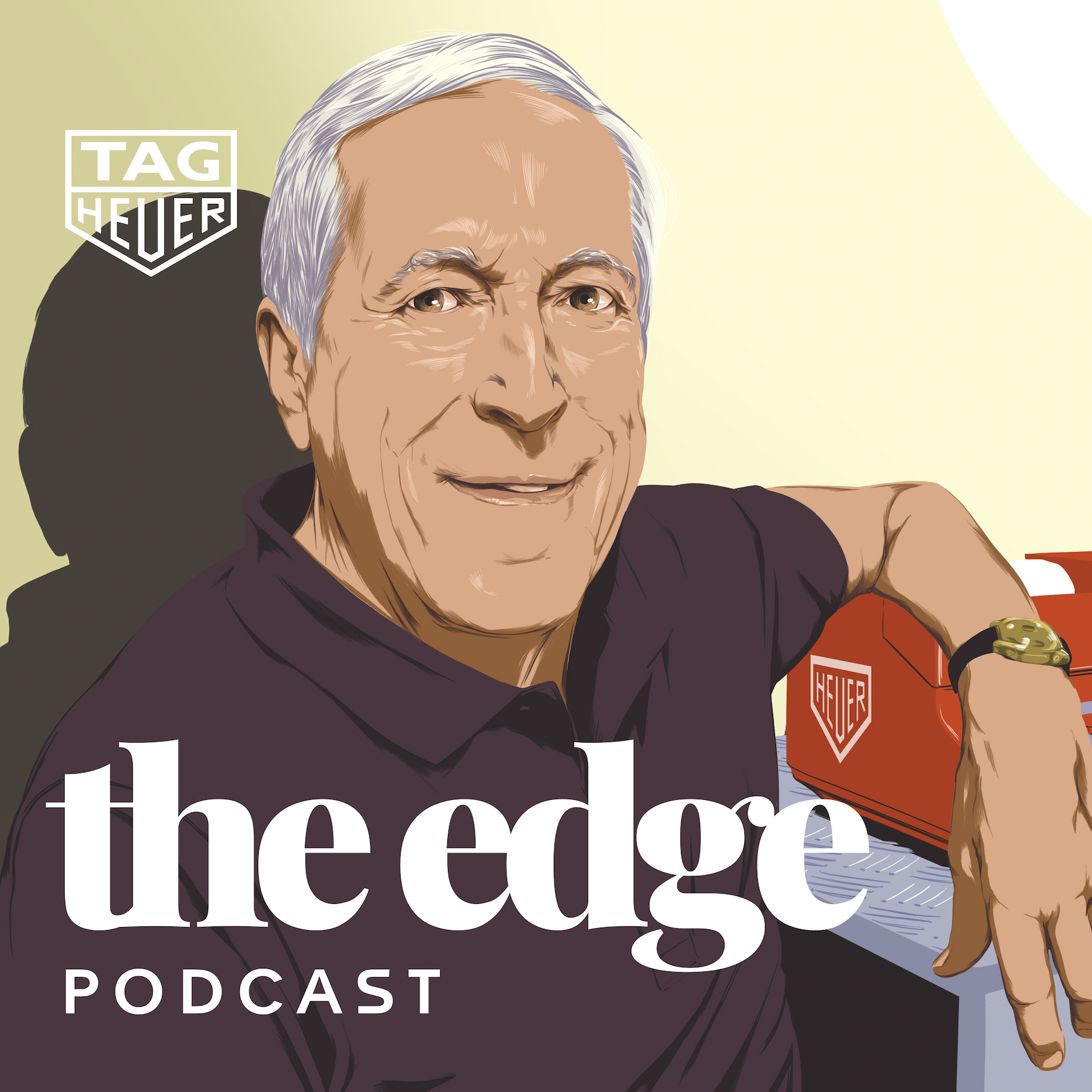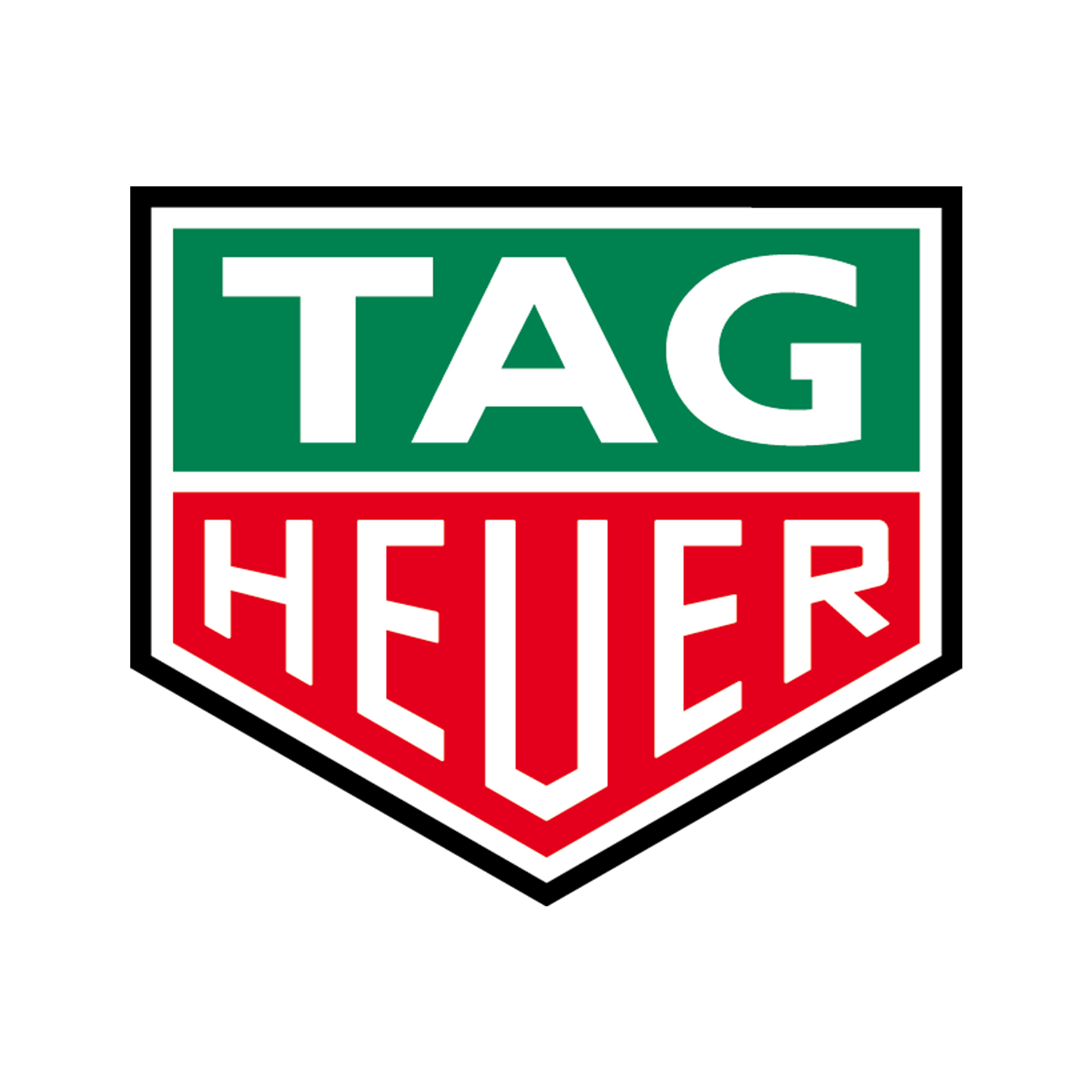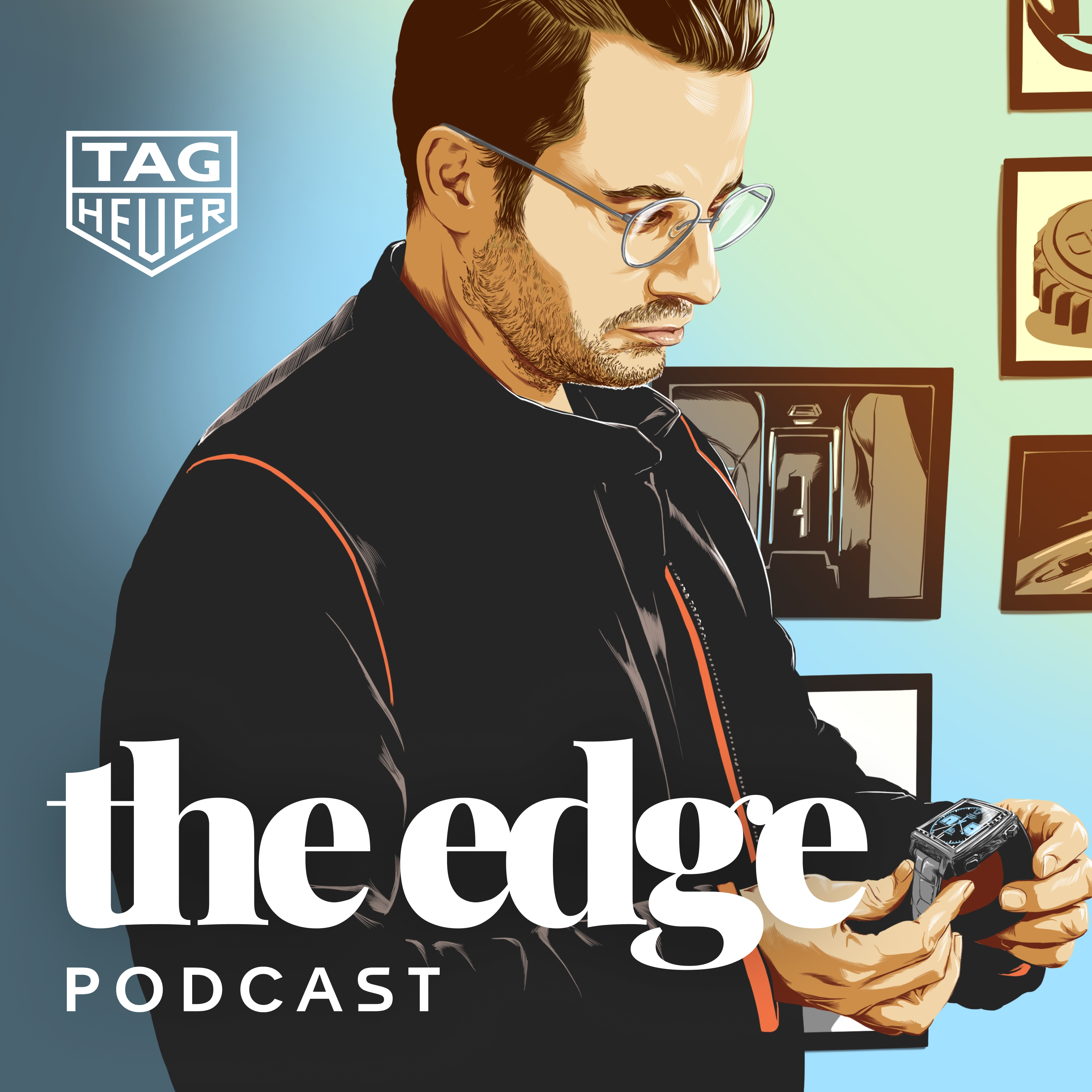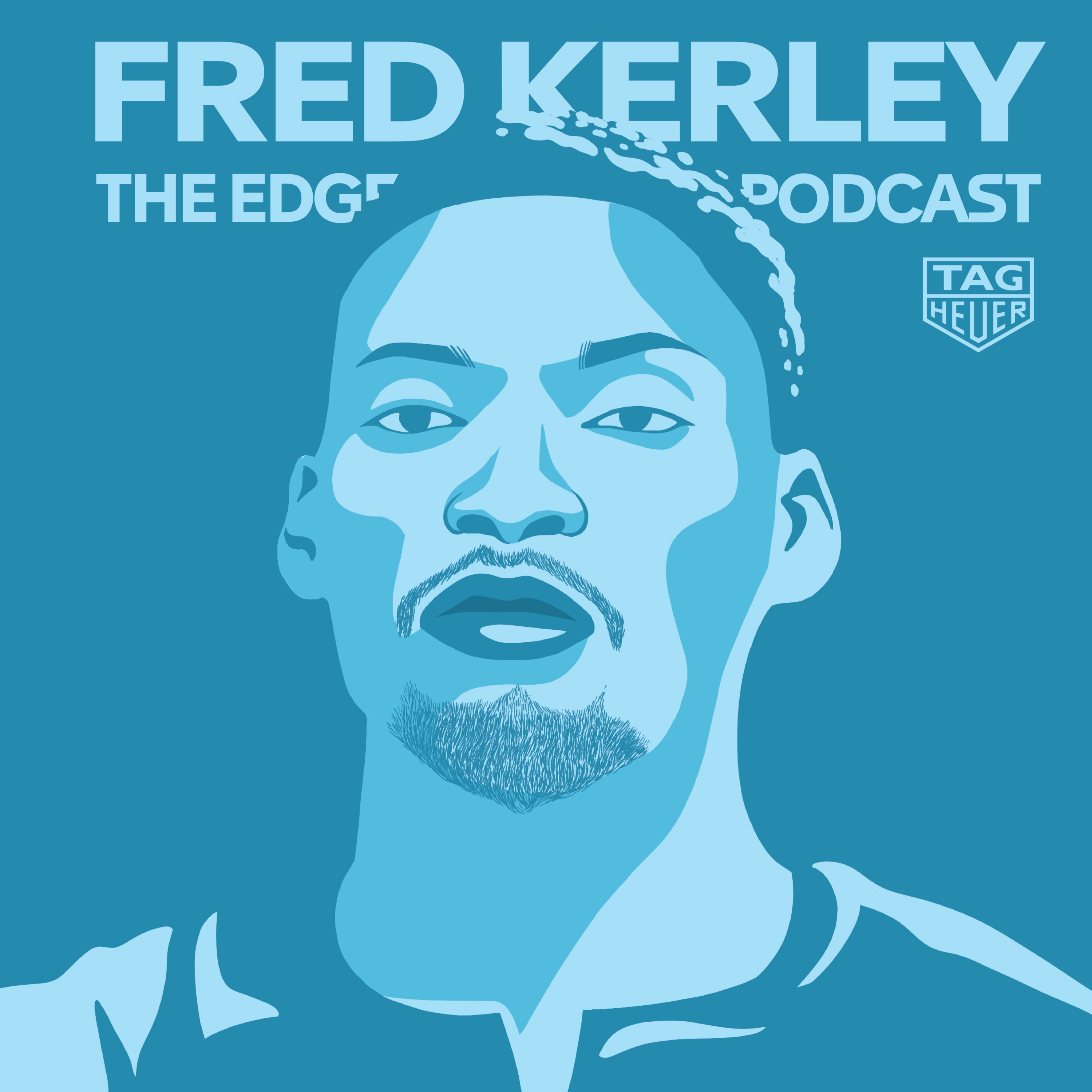Episode Transcript
Speaker 1 00:00:03 When you're watching a race, your eyes are constantly drawn to the edges of the screen. You find yourself looking at lap times, how quick are the cars going? Who set the best time? These minutes, seconds, and microseconds are crucial to every single race. But how did people keep time during the early days of motor sport? How did time keeping evolve and revolutionize racing? Well, the undisputed king of time, keeping Jean campish has all the answers. We sat down with John to talk about how time keeping and technology transformed Motorsport forever. Jean himself helped some of the most legendary formula one teams dominate race tracks in the 1970s and eighties. So reset your stopwatch and relive the time keeping revolution with Jean campish. You can also watch the video interview on our website. Just click on the link in our show notes. We started the interview by asking Jean about the early days, his passion for technology and motorcycle racing. I'm TA Vanna BRCA. Welcome to the edge, a podcast by Taku.
Speaker 2 00:01:10 I
Speaker 3 00:01:10 Went to a secondary school, followed by a technical college where I learned a bit about mechanics and the, uh, beginning of electronics. And after that, I went to an engineer in university in Loza and trained as an electronic engineer, which became extremely useful to me throughout the rest of my life. But the moment my studies ended, I was drawn to the immense passion. I carried in my head and my heart. My dream was to be a works driver or factory driver, just like the renowned multiple war champion, Giacomo a Augustini
Speaker 2 00:01:58 The competitions ONC.
Speaker 3 00:02:01 And so began my years of competing. I competed for six, in fact, in different categories, which I feel I can say with a little pride, because during those six years, I always managed to score points in the world championships. And it was only the first 10 who got any points. So without saying, I accomplished my dream, I did at least get to an acceptable level above all. I enjoyed myself after six, very tough years of work of preparing the motorcycle, building engineering, modifying cetera of falls, where I had to recover from small injuries. And so on. I got to 1972 with empty pockets. I mean, I had no more money. And by then, I'd also started to say to myself, if I can make a living motorcycle racing, I'll carry on. If not, then I need to ask myself, how do I continue my career? Because without sponsorship, it was impossible to find sufficiently competitive motorcycles to get great results.
Speaker 2 00:03:16 This was competitive.
Speaker 3 00:03:31 One day I was at my place. And, uh, as a break from thinking, I read the newspaper and saw an article. It read, hoer looking for a timekeeper for a famous racing team in Italy. This person must do a little PR and needs to be a good salesperson and they must speak a few languages, particularly Italian. So I applied and the initial round led to a competition between 45 applicants. Then it was down to five and finally down to two. And I was fortunate enough to be selected despite my Italian being very, very poor back then
Speaker 2 00:04:14 Experience
Speaker 3 00:04:16 I was chosen because in fact, all my motorcycle competing meant that I knew all the heads of the circuits and meant I'd met some important figures within the world of sponsorship at major events. And on top of that, I had an UMBR or the enthusiasm for these kinds of competitions. And so I was chosen. It was the start of my work I'd landed, landed at, it was the beginning of 1973 and officially the beginning of the adventure. But in fact, it was just the continuation.
Speaker 3 00:05:02 Hoer wanted to test me for six months with the, uh, Ferrari team. That was the first key thing. Hoer had a technical partnership with the Ferrari team from 1961 to 1969. Why bring up this technical partnership because Enzo Ferrari was looking for a company which would be capable of developing measuring devices to measure acceleration, breaking, and the speed of different cars. And in ho year he found a company that specialized in time, keeping for stopwatches dashboards used for rallies. And of course, in innovation with new technologies, new ideas, dynamic and motivated, basically a company with its foot on the gas and above all innovative. So the first six months went very well.
Speaker 3 00:06:07 After about six months, Jack hoer called me into his office and he said, John, look, we've just renewed the contract with scooter Ferrari. Are you keen to carry on working for us or do you want to go back to your formal life racing motorcycles? And so from there on, you could say, I fell in love with formula one and insurance racing cars. At that time they had endurance racing cars. Two, I was still on the track, but now I was in the pit lane. I mean, on the other side of the fence. And it wasn't always easy to begin with. I remember very well. The first competition I went to do the timekeeping for Ferrari was Val.
Speaker 3 00:06:53 It was the first time I took the plane to travel down from Geneva to Italy. I got there and Ferrari had already arranged the equipment, the famous timing device developed by ER, the development of it had begun at the beginning of the sixties. It was finalized in 1962. So I had the pleasure of arriving at a company which already had a device, which was practically finished and ideal for measuring the cars times. And in terms of time, keeping you've gotta picture what was involved the longer is a six hour race. And it means following all the cars for six hours. I mean, not all the cars in the race, but the cars, which are fast enough to compete with the Ferrari
Speaker 3 00:07:48 Being so concentrated. You can't even go to the toilet. So you can't really drink much. You have to be very focused on your work. And in terms of the setup, I can sum it up like this, there's a printer that's about this wide, this high and this steep. It was a brand that was already known in Switzerland called PR and inside. There was already a part of it that was electronic. This printer was connected to two or three keyboards. Each keyboard had five keys, like push buttons. Each of these keys could be programmed with a number for a car. And so even from these early days, if I had only two keyboards that actually allowed me to track 10 cars, which wasn't easy. So my job was to identify the cars that arrived on the track, passed in front of the box and to give the most precise timing impulse possible by touching the corresponding key, always Trium course to be as exact as I could be
Speaker 2 00:08:53 And donate.
Speaker 3 00:09:14 So here's the story at the start. I had two keyboards for 10 cars when I became a bit more of a well Maestro and had more experience I could manage as many as 15 cars, mostly in formula one because Ferrari had made racing prototypes in 1963. I can remember my arrival very well. This was the era of Jackie Hicks at Ferrari and Arturo Zao. And that year Ferrari was focused on endurance races, but hadn't yet competed in a full formula, one championship, only part of it. So I was already used to my work timekeeping for the endurance races, the six hours during Luga valley, the 1000 kilometers of burger, the 1000 kilometers of Manza and the toughest one, the 24 hours of Lamar, that 1 24 hours long. It's not possible to keep going without drinking or relaxing. So I took a friend with me who worked a bit in technology who understood the timekeeping setup and assisted me. I remember it so well. It was between 11 o'clock at night and midnight. And I took a break for just under an hour only to carry on working again at the end of the 24 hours. Yeah, I remember that mainly because it was 23 hours of total concentration and that was hard
Speaker 3 00:11:00 Time keeping during that period was of the utmost imports for the racing teams, the endurance races for Ferrari already relied upon count in the labs. It wasn't just about measuring timings. It was also about the number of labs, first lab, second lab, third lab, et cetera. So precision was of course key, but so was reliability because when suddenly the fuel tank is empty or the tires are starting to deteriorate, you have to have counted the labs to know when to stop the car when to service it as it were. And you have to take into account that at this time, the TV system where the monitors wasn't in place. So the only way to know the lap times was to have a stopwatch to time car, maybe two cars, et cetera. And the system developed by tag hoer known as ER, back then, excuse me, was really a system which allowed us to have automatically calculated to the 100th of a second. The number of the car, the number of laps it had done, and the timings on the printer and this setup was enormously useful of course, for the insurance races. But when we crossed over to formula one, it became even more important
Speaker 2 00:12:47 Formula.
Speaker 3 00:12:50 So why was time keeping so key for formula one? Because, well, let's look at the landmark here. 1974, the Ferrari team had louder and records only, and we had all the championship to track in time. And not only that, but also a fierce struggle between the two drivers, the young incumbent louder, and the, shall we say more experienced Reone. And in 1974 Reone was really acting like the champion of the world. So let's not prolong the suspense. Unfortunately he lost a championship by three points at the end of the race, which meant everyone was grieving because he was obviously an incredible Swiss driver who was extraordinarily generous and had a remarkable character. And I was pretty heartbroken in 1974 for poor records. Who'd lost his title
Speaker 3 00:13:53 Time. Keeping is important and not only for the team, imagine that during the qualifying rounds, one often had to wait. I'm being kind here about half an hour before receiving the official results from the official timekeepers. Why? Because back then there were no computers. The first computers arrived at the end of the seventies. Therefore the time keeping was often done by national federations who used timekeepers, who were all delighted to be there at the formula one ground pre, but as they weren't used to following the championship, these people weren't familiar enough with the cars to recognize Themas easily. So
Speaker 2 00:14:32 There
Speaker 3 00:14:33 Were errors. We could see mistakes being made. Sometimes I identified the wrong cars. They believe record Sony had crossed the finish line, but in fact it wasn't record Sony. It was louder. And on top of that, because there weren't any computers, they were making their calculations with their hands. If you like with their mind. So someone could be forgiven for occasionally making a mistake in their calculations, maybe to the 10th of a second, maybe even by a second. This meant that sometimes the official results were circulated. I get them. And three or four times during the first few years, I had to go over to the official time keeper to say, knock, knock, knock, excuse me. I'm John Kish.
Speaker 3 00:15:21 I was very well known because we were the only team who had an electronic time and device for measuring the cars lap times and arrived with an electronic time, keeping strip with all the results printed on it. So I could go to the timekeeper and say, listen, something odd is going on because you've missed a timing for record or Mr. Timing for Nikki louder. And I'm a bit surprised because it's when they made their best time. So he check his timings against the Lamar sent graph timing sheet, and then effectively, sometimes the timekeeper had to admit that I was right, that Hoya was proved right about precision. That was crucial. So that's one of the stories that explains the importance of timekeeper.
Speaker 3 00:16:41 It was a time when time keeping had really evolved and we started to have monitors in the boxes for each team, but the beginning of time keeping was painful because even if now there were fewer calculative errors or none at all, because we were there already working on it. There was still often technical problems. Sometimes the images on the monitors were interrupted or interfered with by radio waves, et cetera, so that all the results began vibrating on the screen. There were times when there were power failures. So time keeping was tricky, right from the start, I'd say the biggest advances were made with the help of electronics at the end of the seventies, when hoer worked hard to develop a completely automated system of timekeeping, totally automatic,
Speaker 2 00:17:27 Full automatic, complete automatic paycheck.
Speaker 3 00:17:34 That meant that every car was equipped with a little transponder, the transponders, a tiny transmitter, which says I crossed the finish line at this point. And the times were measured by a timing device, which was then connected to a computer which were, and these computers were huge. It was crazy. We were at the navel circuit in Belgium to do a demonstration of formula one, the navel racetrack. I remember it very well. We had a station wagon, which was a Volvo with a car already full with all the timing material and behind it, the caravan with the computer, the computer was a big slab measuring nearly five feet across over three feet high and over five feet deep, it was enormous. And we had this demo in Noel, which was very convincing. The great Bernie Eggleston wasn't there yet. He was at a high level, but the French Motorsport Federation were there. There were officials from the international Federation and it was something that would've been amazing for formula one. The problem was
Speaker 2 00:18:40 Money.
Speaker 3 00:18:55 The cars being tested on the Nobel circuit have proven that the system worked. We knew we needed to standardize this setup, but for that, there had to be money. And this was at the end of the seventies, a very difficult time for the watchmaking industry because the Japanese had just entered the market with their quartz watches, very cheap watches, et cetera. This was causing some serious suffering for the Swiss watch industry. And so hoer had a hard time focusing on the development of stopwatches, the development of watches, and unfortunately let the Ferrari contract go and let the timing division go, which had been developing the time keeping devices. So sadly you could say that the whole year, time keeping adventure had come to an end at the very beginning of 1980, when whole year became part of the organization called Swiss timing. Swiss timing was an umbrella company for long Jean O Meer and Hoyer. But at the time these three brands were competitors. Nonetheless, this organization was put together. It was to protect Swiss culture and position against the Japanese and the Americans protect against companies like Cico and citizen, et cetera. So hoer became part of Swiss timing. And I had the pleasure of working within the BOM of this organization during the youth Olympics at lake PLA during the winter Olympics and in Moscow during the summer Olympics Hoya's dream, sadly ended there
Speaker 2 00:20:43 Difficulty
Speaker 3 00:20:52 Jacker had warned me about the difficulties the company was facing at the time. And he said to me, Jean, you're free. If you find a job, great take it. Actually, I had lots of offers from different sectors, but I still felt a strong pull towards motor sports. When an interesting lead at Laing came up, Laing wired to resume timing at a world championship level. It was the beginning of the real organization of formula one with of course, Bernie Kelson involved by that point. And during these exciting early days, Laine bought up all the systems developed by ho year at the end of the seminaries. And as a way of carrying on the torch to continue developing and integrating all the systems within formula one. And then there was the Ferrari contract. It wasn't a given that Jean would go to Longines. I was from the whole year culture, not the long Jean culture, but Ferrari was very clear. They said, long Jean, if you want to sign a contract with us, Jean Kong PE is a part of the deal because we've got used to working with him for the last seven years. His work is fantastic and we absolutely insist on continuing work with him.
Speaker 3 00:22:11 So I went to Laine,
Speaker 2 00:22:14 Although absolutely continue have accept person
Speaker 3 00:22:21 Would maybe say that unfortunately, the business culture, there was very different to that at ER, with Jack hoer the dynamism. And all I've mentioned the drive for innovation, with research and development, always on the table, but longing was also fascinating work because I still work a little for formula one, but in general, it was primarily for Ferrari time keeping. And that brought to an end, the trickier part of my work with a new seven year contract. I did seven years at whole year and seven years at Longine. And as you know, perhaps in 1985, ER, was bought over by a company called tag technique. Daon garde. As I mentioned, hoer had his difficulties at the end of the seventies, the company was saved by a cash injection from someone who was very much in love with the brand because the whole history of hoer is absolutely incredible.
Speaker 2 00:23:28 Say if PIJ
Speaker 3 00:23:33 It was Eve PIJ, we put up the money to save the company. So that Hoya wasn't bankrupted, which would've been a catastrophe. And one day PIJ who traveled a lot, met someone called Aram OJ. He was the famous father who worked for technique Davan garde tag, and Eve PJ said to him, look, you work in Aqua agriculture in agronomy, you work with banking, you work in hospitality with hotel chains, you work with planes, et cetera. You have really diversified why not take on a watch company with an incredible name and an amazing history. And so it didn't take very long before. Tag had decided to buy up 51% of the company. And that that really gave an incredible boost to the next era after whole year tag, whole year
Speaker 2 00:24:43 Cycle part area.
Speaker 3 00:24:48 And so in 1985, the partnership had started with notably a partnership with the McLaren team because Mansur OJ was a very important person within McLaren stable. And his family was the one that had the money to take care of. ER, and then I also got back in touch with tag hoer and tag agreed to rebuild a new time keeping department, which would have an active role in the sports world. And when I first came back, tot hoer as a manager in 87, it was for new development
Speaker 2 00:25:23 Development
Speaker 3 00:25:24 Of new devices, time keeping development of new accessories, like PCE systems, et cetera. We became official timekeepers in skiing as well for more notoriety and visibility for the company that was at the end of the eighties.
Speaker 3 00:25:41 Meanwhile, I still had all my contacts with formula one that was a company Olivetti, which was in charge of data processing I, the technology at the heart of formula one. And then I heard that Bernie Kelston was a little bit tired of his relationships and context at long Jean and that he might be interested in a change of time keeper. And when I heard that I could feel the wind under my sail. I told the company the heads of tag hoer and I said, well, there's an opportunity and we really have to get a move on. And we'd I remember it very well. It was in 91. We discussed it at man the first contact cetera. And in 1992 tag hoer was the official timekeeper of formula one, the first grown Prix in South Africa in Johannesburg on the Kyle army circuit. And that for me was extraordinary.
Speaker 2 00:26:51 What
Speaker 3 00:26:51 Was even more extraordinary was the tag ER, had regained its Heights. And much of that is due to the fact that the extraordinary history of ER, could continue on through the incredible developments in improving precision and reliability of time, keeping within the world of formula one today, when you see the precision of the transponders installed with the cars, the transponder is capable of guaranteed to within a thousandth of a second. When the car is passed, the finish line, the idea is to have antennas in the ground, which register the passing of the cars from the car's number, but at the same time capable of timing that accurately to within 1000 of a
Speaker 2 00:27:33 Second, uh <inaudible>
Speaker 3 00:27:45 And in 1995, there was an extraordinary innovation, which was the detection of early departure. This meant tiny sensors were installed at each place on the starting line. Every formula one car was on a sensor. You can easily imagine then that if the car makes any movement, the signal recorded by the sense of errors in intensity. So that's how we are able to detect if a driver has gone before the lights go out or the green light, the year after in 96, the same system was used for pit stops. When the car stopped, it started timing. When the car set off again, we saw how much time was lost during change in the tires at the time refueling still took place.
Speaker 3 00:28:33 So that's where these innovations were incredible for time. The technology had advanced, but it was reliable now too. The role was also finally, we had results on the monitors that were clear. We started color coding the times they were in green, when the timings were better purple or red for absolute times, improved times, et cetera. And now today, unfortunately all on private TV channels, you have so much information available with intermediate times, with the speeds, the gaps, all the information you could need to make you excited and ready to watch the famous formula one grown
Speaker 2 00:29:15 PR.
Speaker 1 00:29:41 Thank you for listening to this episode of the edge. Let us know what you thought in the comments, wherever you get your podcast. And if you've enjoyed it, don't forget to subscribe and leave us five stars. It does make a difference. Thank you so much to Jean campish for joining us. I'm your host TA Vanna BRCA, and I'll be back next month with another episode of the edge, a podcast by tag Hoya. See you soon.






